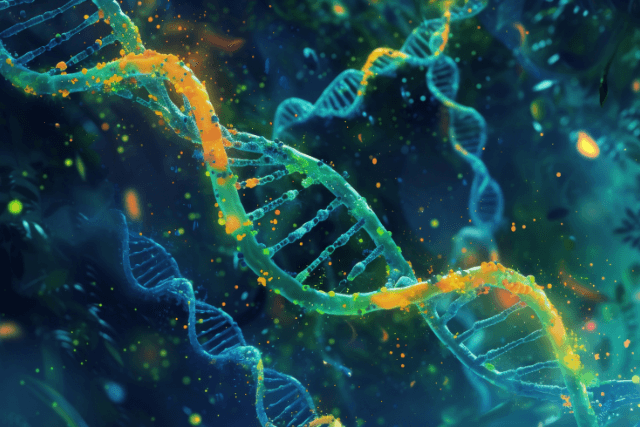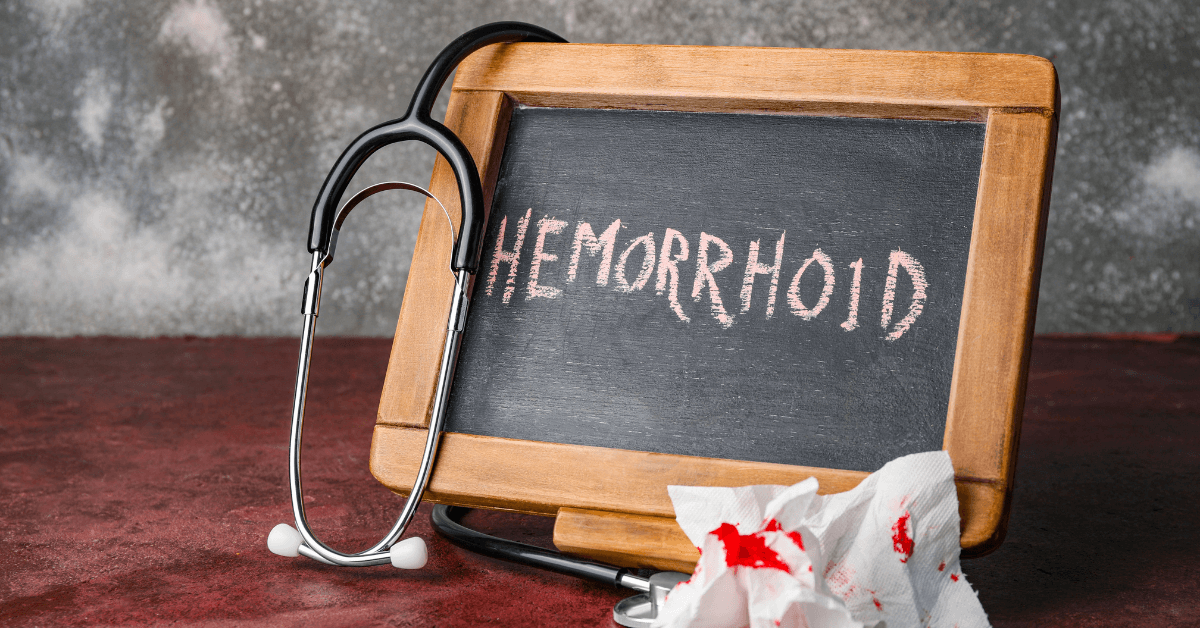Anal fistulas, small abnormal tunnels between the anal canal and skin near the anus, are a common but often misunderstood health condition. These fistulas can cause significant discomfort and may require medical intervention to treat effectively. While the most common causes of anal fistulas include infections and underlying conditions like Crohn’s disease, an emerging area of interest is the role genetics may play in the development of these painful conditions.
In this blog, we will explore the question: “Genetics in Anal Fistulas: Is It a Contributing Factor?” We will look at how genetic predisposition might influence the likelihood of developing anal fistulas, the genetic factors involved, and how these insights can shape treatment and prevention strategies.
What Are Anal Fistulas?
Defining Anal Fistulas
Before diving into the genetics of anal fistulas, it’s essential to understand what these conditions entail. An anal fistula is a small, abnormal passage that forms between the anal canal and the skin around the anus. It typically develops due to an infection in the anal glands. The infected gland leads to the formation of an abscess, which, if left untreated, can eventually form a fistula.
Symptoms of Anal Fistulas
The symptoms of anal fistulas can vary in severity and may include:
- Pain, especially while sitting or during bowel movements.
- Swelling or redness near the anus.
- Pus or blood drainage from an opening near the anus.
- A persistent, often foul-smelling discharge.
- Irritation or itching around the affected area.
While these symptoms are common, they can also mimic other conditions, so it’s important to seek medical evaluation for an accurate diagnosis.

Genetics in Anal Fistulas: How Could It Play a Role?
Genetic Factors and Anal Fistula Development
The development of anal fistulas is primarily attributed to infections, trauma, and inflammatory bowel diseases (IBD), such as Crohn’s disease. However, new research suggests that genetics may also play a role in the development of these fistulas. Genetic factors can influence how the body reacts to infections, heals wounds, and maintains skin integrity, all of which can impact the development of anal fistulas.
Family History and Genetics
One of the key genetic factors that might contribute to the development of anal fistulas is family history. If someone in your family has a history of anal fistulas or inflammatory bowel diseases, you may be at a higher risk for developing similar issues. This suggests that genetic factors are passed down through families and can influence the likelihood of developing anal fistulas.
Research into genetic markers related to anal fistula formation is still ongoing, but several studies have suggested a connection between genetic predisposition and an increased risk of fistulas. In some cases, individuals with certain genetic mutations may experience a stronger inflammatory response, leading to more severe symptoms and an increased risk of fistula formation.
Inflammatory Bowel Disease (IBD) and Genetics in Anal Fistulas
The Connection Between IBD and Anal Fistulas
IBD, which includes Crohn’s disease and ulcerative colitis, is one of the most significant risk factors for developing anal fistulas. These chronic inflammatory conditions are believed to have a genetic component. In fact, having a family member with IBD increases the risk of developing the condition. Since both IBD and anal fistulas involve inflammation in the intestines and anal area, they are often found together.
How IBD Influences Fistula Development
When individuals with Crohn’s disease or ulcerative colitis experience flare-ups, the inflammation can affect the rectum and anus, leading to the formation of abscesses and eventually, anal fistulas. The genetics of IBD may influence the severity and location of these flare-ups, which directly impacts the development of anal fistulas.
For instance, certain genetic mutations may make the body more prone to inflammation or disrupt normal tissue repair mechanisms, increasing the risk of developing chronic abscesses and fistulas.
Genetic Factors in Wound Healing and Tissue Repair
Collagen Production and Healing
Collagen is a crucial protein in the body’s wound healing process. Genetic factors that affect collagen production and tissue repair may contribute to the formation of anal fistulas. Inadequate or delayed tissue repair can cause abscesses to persist or form additional fistulas over time. Individuals with genetic mutations that impair collagen synthesis or wound healing may be more susceptible to developing anal fistulas after an infection or trauma.
Genetics and Immune System Response
The body’s immune response is another key factor in the development of anal fistulas. A strong immune system can effectively combat infections and prevent the formation of abscesses. However, genetic variations in the immune system may result in an overactive or underactive immune response. For example, some people may have a genetic predisposition to chronic inflammation, making them more prone to developing anal fistulas.
Impact of Genetics on Anal Fistula Treatment
How Genetic Factors Affect Treatment Options
Understanding the genetic components of anal fistula development can play a significant role in treatment. For instance, patients with a family history of anal fistulas or inflammatory bowel diseases may benefit from early intervention and more personalized treatment plans. Knowing a patient’s genetic predisposition helps providers choose the most effective treatment, including medical therapies or surgery options.
Surgical Treatment and Genetic Influence
Surgery is a common treatment for anal fistulas, using techniques like fistulotomy, seton placement, and laser treatments. However, the success of surgery can be influenced by genetic factors. For example, individuals with genetic mutations that impair tissue healing may face a higher risk of recurrence after surgery. Alternative treatments like Laser Hemorrhoidoplasty (LHP) or Laser Fistula Closure (FiLaC) offer less invasive, potentially more effective solutions.
Laser Treatments and Genetic Influence
Laser treatments like FiLaC are particularly advantageous for patients who experience recurrence after traditional surgery. These minimally invasive procedures can target the affected tissue with greater precision, potentially providing better outcomes for patients with underlying genetic factors that hinder healing.
Conclusion: Genetics in Anal Fistulas: A Growing Area of Study
The link between Genetics in Anal Fistulas and their development is a growing area of medical research. While lifestyle factors and infections play a major role in the formation of anal fistulas, genetic predisposition may increase the risk. As research advances, we may gain a clearer understanding of how genetics affect anal fistula formation and treatment.
Personalized treatments based on genetic factors could become the standard of care for individuals with a family history of anal fistulas or inflammatory bowel diseases. For now, maintaining good health, following proper hygiene practices, and seeking timely medical care are essential for managing anal fistulas effectively.



